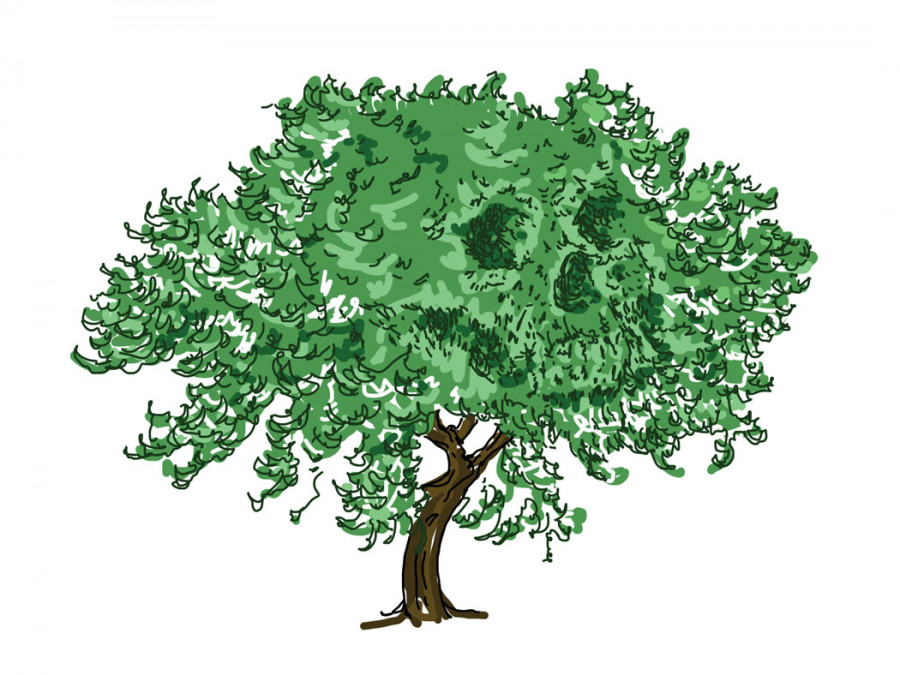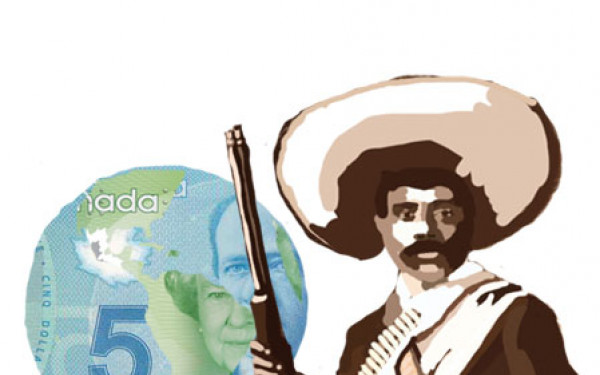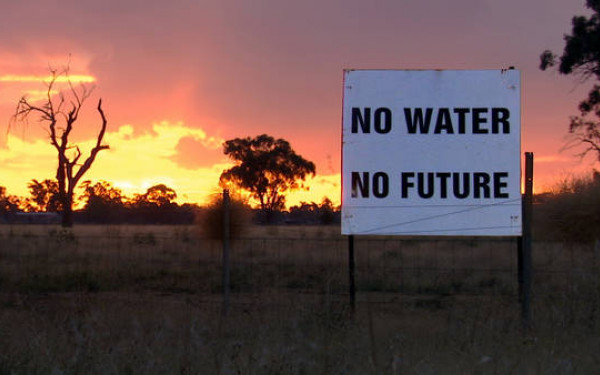Dying Sustainably
Don’t Be a Jerk With Your Dead Body
Death will come for you.
Most of us spend our lives avoiding this fact, pretending otherwise, but here’s the truth—you will die.
The fallacy in dying, though, is that when you’re gone, that’s it for you. In truth, you leave something behind.
No, this isn’t a religious thing—I’m talking about the impact your body will have on this planet after you’re gone.
People have been dying for a long time, and due to the institutionalization of some effectively unsustainable burial practices, the world is currently a difficult place to rest in peace.
Nations across the globe are brimming with corpses that requested burial, or simply didn’t specify otherwise. It’s an awe-inspiring spectacle: Venice’s Lagoon cemetery, has a massive waitlist; Paris, Mumbai and Mexico City, all three out of room for bodies, with plans for cemetery towers in the future.
In Beirut, cemeteries reach into residential areas, and they’ve started to bury multiple family members in the same grave. Hong Kong ran out of burial space in the ‘80s, and now has over 50,000 people on the waitlist for cremation space. The list goes on and on—simply put, Earth doesn’t have the space for burial and cremation.
Not only do we not have the space, but we don’t even seem to be concerned about it. In Canada, we have so much space, and such a small population, that it just doesn’t cross our collective conscious—we’ve got too much else to worry about.
These outdated burial practices aren’t just a tax on our space, but also our environmental resources. Cremation releases carbon dioxide and trace chemicals into the atmosphere.
The practice uses up nonrenewable fossil fuel-burning gasses. Embalming bodies requires non-sustainable chemicals like formaldehyde, glutaraldehyde, and phenol, which are believed to cause cancer and all just get buried in the ground, along with a casket made of endangered wood, toxic plastic or metal.
Suffice it to say, Earth has neither the room, nor the resources, to sustain our burial practices. With this in mind, I submit to you, and to the Concordian community at large, a series of alternatives.
Death will come for all of us. The least we can do is prepare to leave the world a greener place.
Resomation
A sustainable alternative to cremation, resomation has been called “bio-cremation,” utilizing a process called alkaline hydrolysis to break down bodies into bone ash and about 760 litres of liquid. Essentially an accelerated natural
decomposition, resomation uses alkali and lye-heavy water, heated to 180 C, and potassium hydroxide to dissolve tissue.
The whole process takes about three hours and uses 80 per cent less energy than a traditional cremation. The bone ash can be returned, urn-style, to grieving parties, and the liquid, which is sterile, can be used as fucking fertilizer. That’s right—for those not faint of heart, you can grow veggies from Grandma’s remains.
Resomation remains of questionable legality in many Canadian provinces, but there are funeral homes that will do it for you, mostly in Saskatchewan.
Biodegradable Containers
For those of you still interested in the classic novelty of burial, don’t fret—there are sustainable options. Some of the most popular options include being wrapped in a shroud, or interred in a pine coffin, which the elements can still get at.
No trace chemicals are released into the soil, and no carbon dioxide is discharged into the atmosphere. If you dig the comfort of a box for your corpse, a variety of eco-coffins are available on the market.
These are made with fair-trade bamboo, recycled newspaper, bleach-free paper, or formaldehyde-free plywood. You can purchase them from a number of companies, and choose from several vibrant colours—spice up your eco-box, get interred in style!
The Bios Urn
At the risk of editorializing, this is my personal favourite. Take your ashes, and turn yourself into a fucking tree. You read that right—with The Bios Urn, created by a company which was founded by two industrial designers from Spain, you can use cremated ashes as fertilizer for a tree.
Ordered online, the Bios Urn is a cute little container of peat moss, soil and a seed of your choice, all wrapped in a small vase of compostable paper. Just add ashes, bury it, and watch your loved one turn into a beautiful fucking tree.
This shit is wild.


_600_832_s.png)



__600_375_90_s_c1.jpg)
